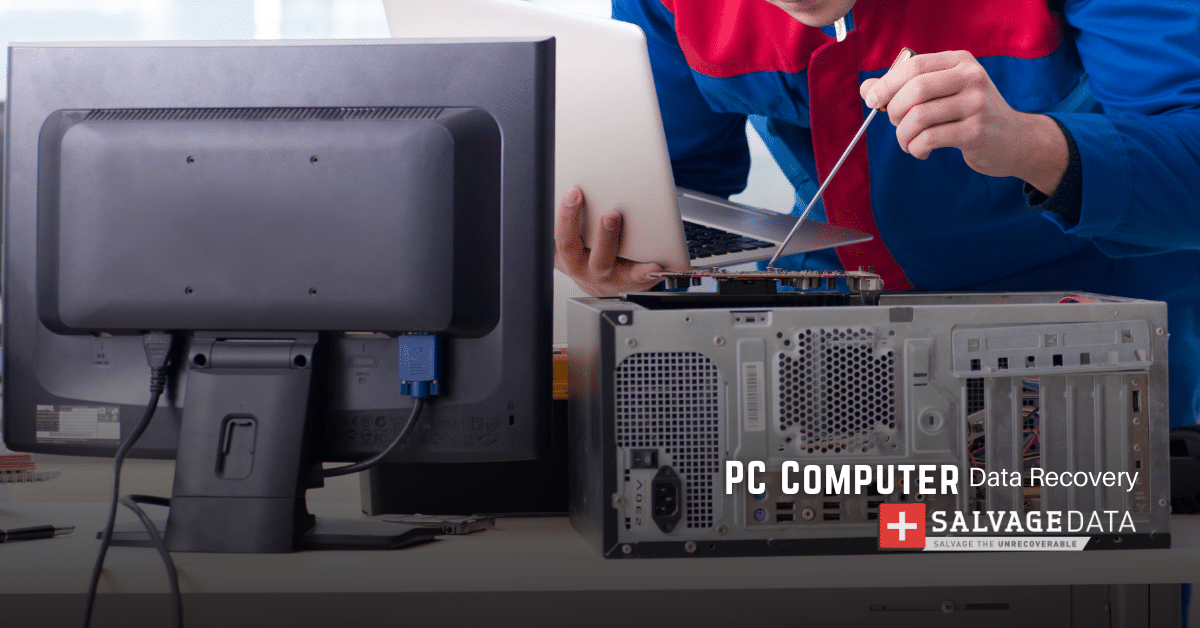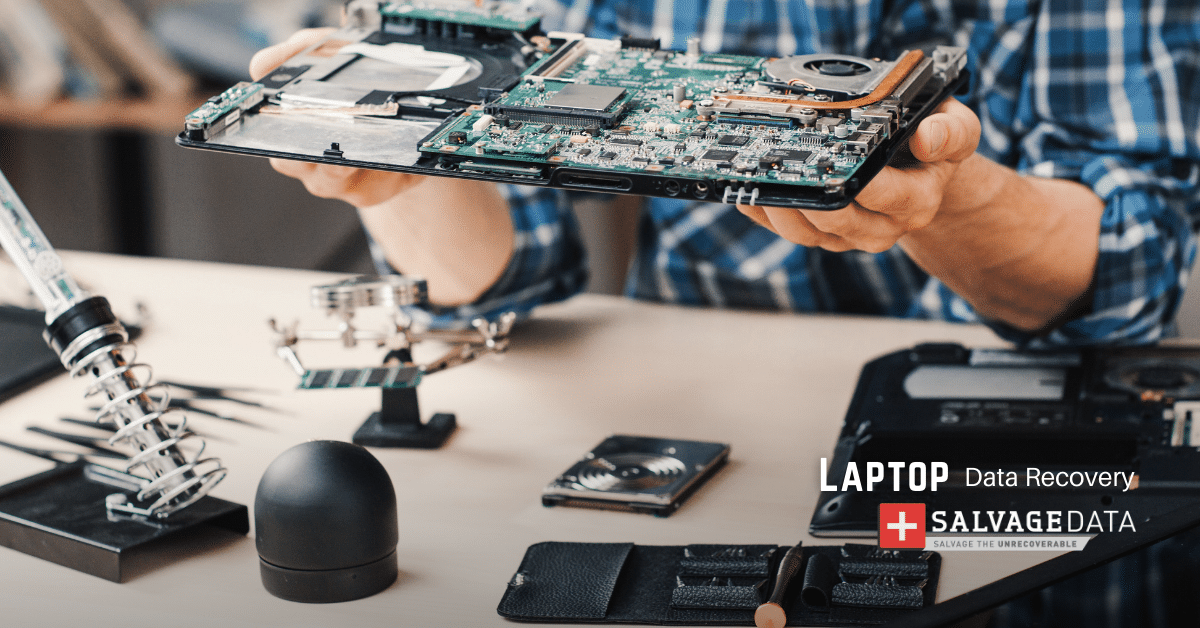Recent Articles
How To Recover Overwritten Files
The Snowflake Data Breach: A Comprehensive Overview
Mac Not Recognizing External Hard Drive: Quick Fix Solutions
How Multi-Cloud Backup Solutions Can Prevent Data Disasters
Capibara Ransomware: What is it & How to Remove
What Should a Company Do After a Data Breach: The Ticketmaster Incident
Secles Ransomware: Removal Guide
What To Do When Your Chromebook Freezes
How to Create Hyper-V Backup
What Is The Best Data Recovery Software For PC

I think there's an issue with my storage device, but I'm not sure Start a free evaluation →
I need help getting my data back right now Call now (800) 972-3282
When a computer’s hard disk is full, it can cause several problems for both Mac and Windows computers. The computer may run slowly, you may not save new files, and essential updates to your device security may not be installed due to lack of disk space. The solution is to free disk space.
Your computer can have security vulnerabilities and data loss if the disk is full.
To free up disk space, you’ll need to find out what’s taking up space on your hard drive. Once you know that, you can delete unnecessary files and programs to free up space. There are, though, simpler ways to do it that don’t require you to check file per file. And you don’t need to delete everything to free disk space.
Top Summary: Several issues happen when a computer’s disk is full. From data loss to security breaches. All because of the lack of space for important system updates. Therefore, keep your Mac or Windows computer disk space free and make sure it works properly.
What is disk space?
Disk space is the amount of space on your hard drive that you can use to store files, programs, and other data. When your disk space is full, it can cause problems with your device.
How to check the storage space?
There are a few ways to check how much storage space you have on your hard drive.
On a Mac:
Open the Finder and click on the “Go” menu. Then, select “About This Mac.” A window will pop up with information about your device, including the amount of storage space that you have available.
On a Windows PC:
Open the Start menu and click on “Control Panel.” Then, click on “System and Security” and “Administrative Tools.” Double-click on the “Computer Management” icon. Expand “Storage” and select “Disc Management.” This will show you how much free space is available on each of your hard drives.
Why is the hard disk full?
There are a few reasons your hard disk might be full:
- A lot of files and programs are stored on the disk.
- Several large files and programs are on the disk.
- Several temporary files are on the disk.
- There are duplicate files on the disk.
How to prevent the hard disk from getting full
There are a few things that you can do to prevent the hard disk from getting full:
- Delete unnecessary files and programs regularly.
- Uninstall programs you don’t use.
- Empty the trash
- Clean up temporary files regularly.
- Organize your files and programs in folders.
- Compress large files.
- Backup your files regularly.
Summary: Check disk storage space to make sure your Mac or Windows computer always has enough space for the important system and security updates. And, if it gets full, clean up the disk with easy steps.
How to free up disk space on Windows
1. Delete unnecessary files
One way to free up disk space is to delete files you don’t need. This could include old documents, photos, videos, and programs that you no longer use. It can also be extremely large files.
On a Windows PC, open the file or folder that you want to delete and press the Delete key on your keyboard.
2. Uninstall unnecessary programs
Another way to free up disk space is to uninstall programs you don’t use.
On a Windows PC, open the Control Panel and click on “Uninstall a program.” Find the program that you want to uninstall and click on the “Uninstall” button.
3. Empty the trash
On a Windows PC, open the Recycle Bin, select the files and press the Delete key on your keyboard.
4. Clean up temporary files
Temporary files are files that are created when you use certain programs or visit certain websites. They’re not essential to your device and can take up a lot of space.
On a Windows PC, open the Start menu and type “%temp%” into the search bar. This will open the Temp folder, which contains all the temporary files on your device. Select the files in this folder and press the Delete key on your keyboard.
5. Use the Disk Cleanup tool
Open the File Explorer program on a Windows PC and go to the “This PC” section. Here, you’ll see a list of all the drives on your computer, including your hard drive. Click on your hard drive and then click Properties.
Under the General tab, you’ll see how much free space is available on your hard drive. If it’s low, that means you need to free up some space.
To do that, click on the Disk Cleanup button. This will open a new window with a list of all the files and programs taking up space on your hard drive. Select the ones you want to delete and then click OK.
Tips to free disk space on Windows:
- Let the desktop clean by deleting any files that you don’t need and moving the rest to folders.
- Manage your downloads by deleting files you don’t need and organizing the rest in folders.
- Set automatic backups to a Cloud account and free space on the disk.
- Backup important data into an external HD
- Uninstall apps you no longer use.
- Turn on the OneDrive option. This allows you to manage your files from Cloud and keeps the disk space free.
How to free up disk space on Mac
1. Delete unnecessary files
One way to free up disk space is to delete files you don’t need or that are too large.
To delete files on a Mac, open the Finder and click on the file or folder that you want to delete. Then, press the Command + Delete keys on your keyboard.
2. Uninstall unnecessary programs
To do this on a Mac, open the Finder and click on the Applications folder. Then, find the program that you want to uninstall and drag it to the Trash.
3. Empty the trash
When you delete files or programs on a Mac, they don’t get deleted until you empty the Trash. To do this, open the Finder and click on the Trash icon. Then, click on the “Empty” button.
4. Clean up temporary files
Temporary files are not essential to your device and can take up a lot of space.
To delete all the temporary files on a Mac, open the Finder and click on the “Go” menu. Then, select “Go to Folder.” Type in “~/Library/Caches” and press the Enter key. This will open the Caches folder, which contains all the temporary files on your device. Select the files in this folder and move them to the Trash.
5. Free up disk space on Optimize
Optimize is a built-in macOS tool to help you keep your Mac organized and the disk clean. To access it, click the Apple logo in the upper-left corner and go to About This Mac. There, click on Storage and then Manage.
Under Optimize Storage, click Optimize to clear out a ton of data you no longer need.
Tips to free disk space on Mac:
- Let the desktop clean by deleting any files that you don’t need and moving the rest to folders.
- Scan your Mac for duplicated files and then delete them.
- Delete temporary files and large files you don’t use.
- Clean your browser cache.
- Set automatic backups to the iCloud account and free space on the disk.
- Clean up the Downloads folder
- Uninstall apps you no longer use.
- Delete the media you no longer need, such as podcasts and movies.
If you have any questions, or if you need any help with your hard disk, contact SalvageData. Our experts are ready to help you at any time.













